In 1975, David Bowie was a global icon living on the edge in Los Angeles. Despite his success, The Thin White Duke’s life was spiralling out of control, consumed by an obsession with the occult and a self-destructive diet of milk, peppers, and cocaine. His mental and physical health deteriorated, prompting a drastic change.
By 1976, Bowie had fled to West Berlin, seeking solace and inspiration in a city still divided by Cold War tensions. Accompanied by fellow musician and confidant Iggy Pop, Bowie embarked on a period of prolific creativity, producing the groundbreaking albums Low (1977), Heroes (1977), and Lodger (1979).
READ MORE: Digital David Bowie art project involving NFTs announced
Berlin’s unique atmosphere, steeped in history and artistic rebellion, profoundly influenced Bowie. He became enamoured with German Expressionism, particularly the works of Erich Heckel. Heckel’s haunting painting Roquairol (1917), a disturbing portrait of artist Ernst Ludwig Kirchner in a state of nervous collapse, captivated Bowie. The image’s raw emotional power mirrored Bowie’s own turbulent state of mind.
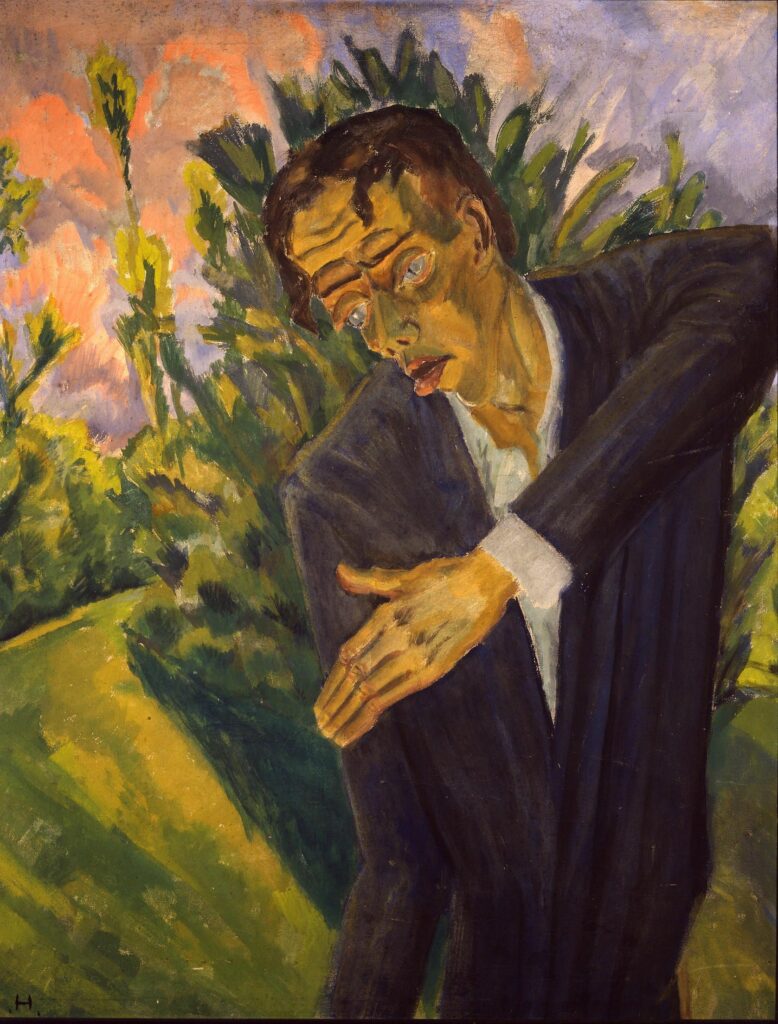
Bowie’s fascination with Roquairol extended beyond mere admiration. Under his direction, Iggy Pop mimicked the painting’s eerie pose in a black-and-white photograph for the cover of his album The Idiot (1977). The stark image, with its contorted left arm, captured the essence of Heckel’s original, bridging the gap between visual art and music.
Bowie’s engagement with German Expressionism culminated in the iconic cover of his album Heroes. Collaborating with Japanese photographer Masayoshi Sukita, Bowie crafted a portrait that drew heavily from Heckel’s Roquairol and Mannerbildnis (1919). The Heroes cover features Bowie in a similarly stylised pose, his arm and hand rigid and angular, evoking the same sense of tension and introspection found in Heckel’s work.
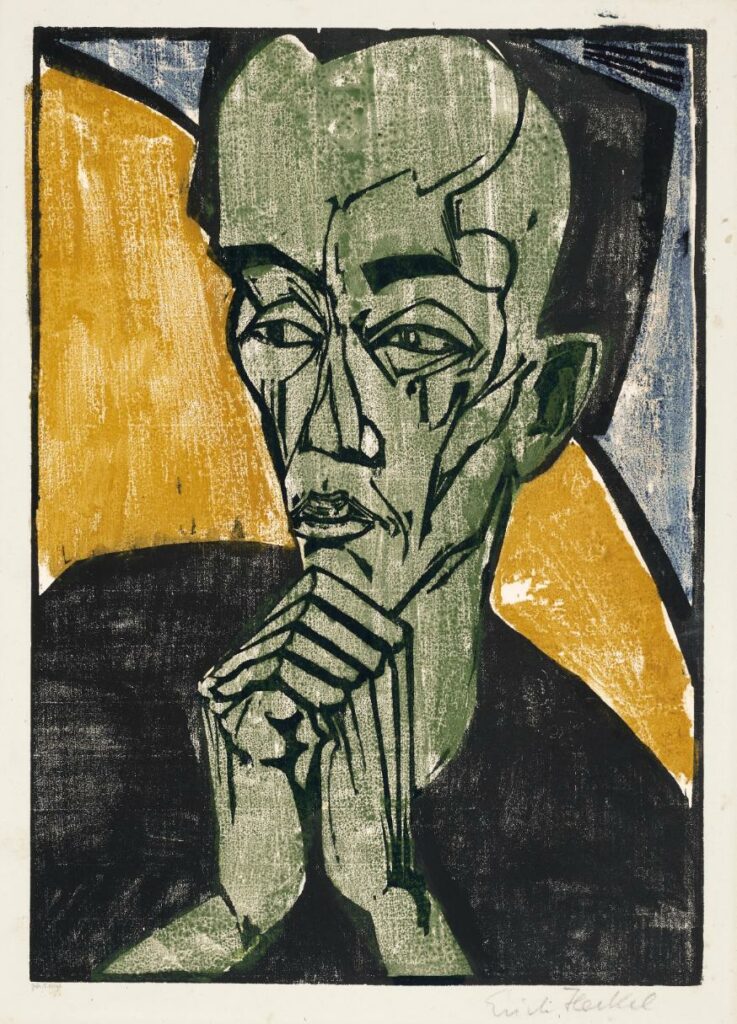
The Heroes cover is not merely an homage; it is a visual representation of Bowie’s journey through chaos and recovery. The gaunt, melancholic expression Bowie adopts in the portrait echoes the emotional intensity of Heckel’s subjects. It symbolizes Bowie’s own struggles and triumphs, encapsulating the spirit of his Berlin period.
READ MORE: The Dissonance Tour: When Bowie met Reznor and redefined live music
The Berlin Trilogy, and particularly Heroes, marked a pivotal moment in Bowie’s career. The influence of German Expressionism provided a new lens through which Bowie explored his identity and artistry. The stark, haunting imagery of Heckel’s paintings gave visual form to Bowie’s inner turmoil, resulting in some of the most innovative music and iconic visuals of his career.
Today, the Heroes album cover stands as proof of Bowie’s ability to marry art forms, shaping a lasting legacy that continues to inspire. It is a reminder of how art, in its many forms, can reflect and transform the human experience and, in this case, transform the musical output of one of Britain’s best innovators. Bowie’s time in Berlin not only saved him but also produced a body of work that remains as powerful and relevant as ever.
Keep up to date with the best in UK music by following us on Instagram: @whynowworld and on Twitter/X: @whynowworld

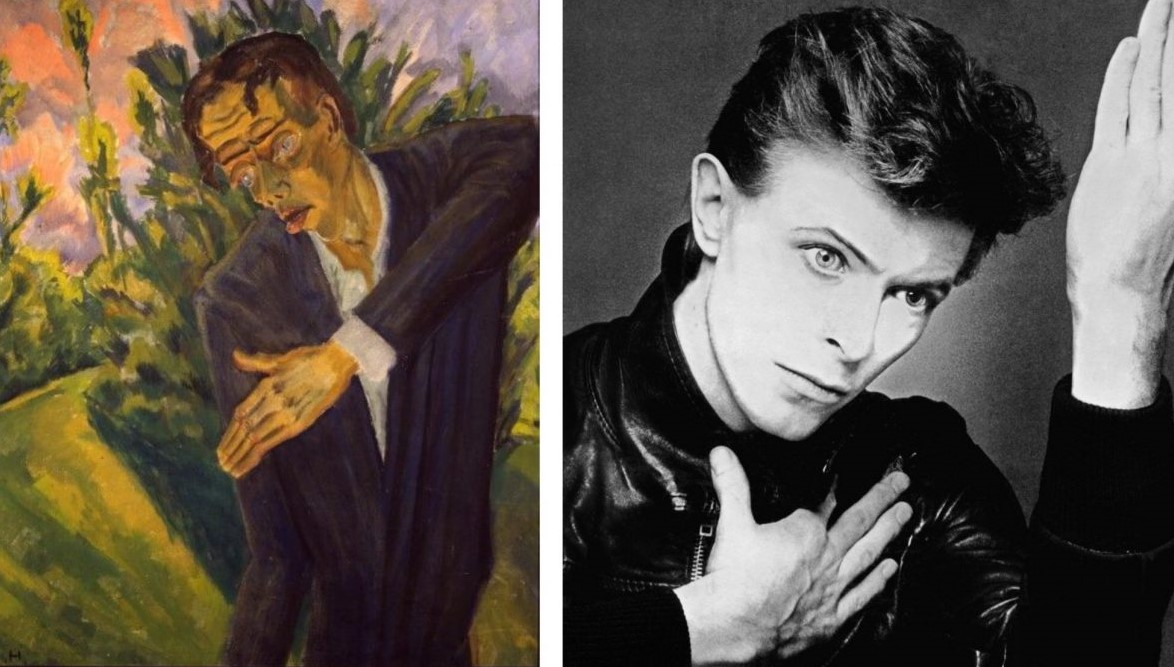
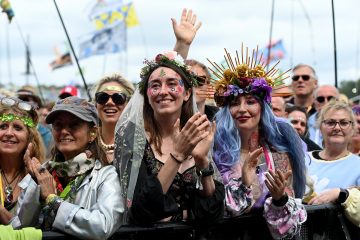

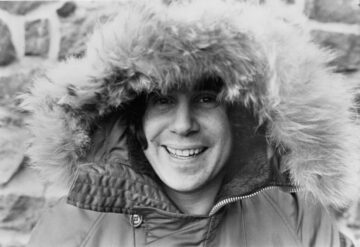

1 Comment
nice articl4e